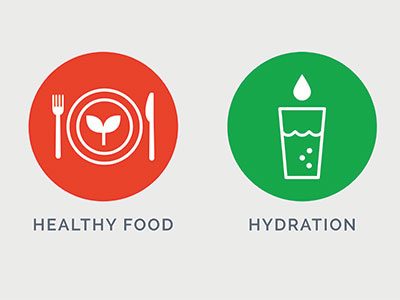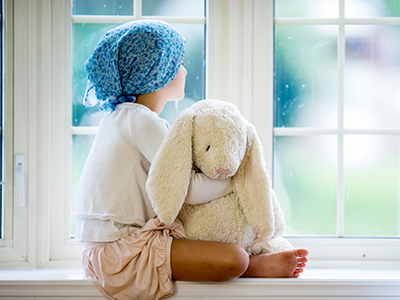Studies have shown that the rates of mental health disorders have increased among children over the past 15 years. Yet, despite almost 1 in 5 children meeting criteria for some mental health disorder, only 20% receive services. Reasons include not having providers in the area that specialize in evidence-based practices and/or long waitlists. So how can caregivers support and help their child as they wait to receive therapy services? Below are four strategies for parents and children:
- Create a safe space to have weekly conversations on a variety of issues:
- Include fun, light topics that are interesting to the child such as: what music are you enjoying recently, what would you say was a highlight of the day or week, what was a cool thing you accomplished while playing a video game?
- Also discuss challenges they may have encountered such as getting a bad grade on a quiz or losing a soccer game.
- Don’t forget to check in on their mood and ask what they need in the moment (e.g., do you want private space, a hug or a distraction like watching a funny show or playing a game).
- Use these conversations to convey that you are there to there to listen, learn and spend time together rather than ‘interrogating’ your child. Validate their feelings by acknowledging their perspective, letting them know you hear their view even if you do not agree on all things.
- Create a “menu” of activities that the child typically enjoys and ask them to “schedule” at least one thing a day:
- When a child is frequently sad or depressed, they tend to withdraw from social and physical activities, and may change their pattern of eating and sleeping. This menu will help them stay engaged.
- Activities can include coloring, reading, taking a bath, going for a walk, telling a funny joke, being silly with a family member or a friend, sending a text to a friend to say hi, watching a sports game (in person or on TV), dancing, listening to an uplifting playlist, getting to choose the meal (e.g., cereal for dinner or a favorite pasta), having a treat or playing with a pet or a neighbor’s pet.
- Be creative and generate the list together. Share with them the knowledge that when they feel sad or upset, they may have difficulty eating or sleeping so you want to help them stay healthy — and ask how you can work together to help them eat regular meals and go to sleep at the typical time.
- Create a coping space in the home, asking the child to contribute to making it comforting and soothing:
- This can include special pillows, toys or blankets and items that may help with coping, such as a stress ball or clay/playdoh or fidget toys. Recently, a child shared that he has a “rock garden” with a small sand tray that he keeps in his coping corner.
- There may be certain scents that feel refreshing or calming — and can be placed in the space. It could be scented oils, scented stickers, lotions or sprays.
- Think about what may make it feel like a place to ‘bring down” or “change the temperature or mood.”
- Items can be rotated in and out on a monthly basis as the child sees what they find most helpful.
- Finally, there are a host of free apps for children to facilitate the use of coping strategies (breathing, meditation, affirmations):
 https://riseandshine.childrensnational.org/wp-content/uploads/2025/05/child-having-tantrum-feature.jpg
300
400
webteam
https://riseandshine.childrensnational.org/wp-content/uploads/2017/11/childrens_riseandshine_logo.jpg
webteam2025-05-07 15:54:412025-05-07 16:19:29Helping autistic children manage big feelings
https://riseandshine.childrensnational.org/wp-content/uploads/2025/05/child-having-tantrum-feature.jpg
300
400
webteam
https://riseandshine.childrensnational.org/wp-content/uploads/2017/11/childrens_riseandshine_logo.jpg
webteam2025-05-07 15:54:412025-05-07 16:19:29Helping autistic children manage big feelings





















Leave a Comment
Want to join the discussion?Feel free to contribute!